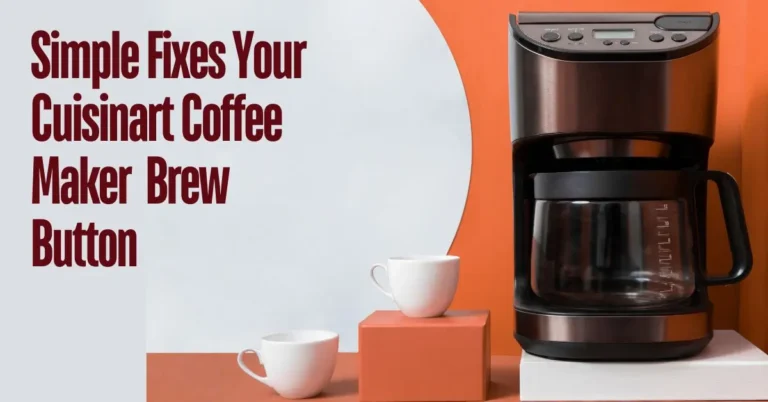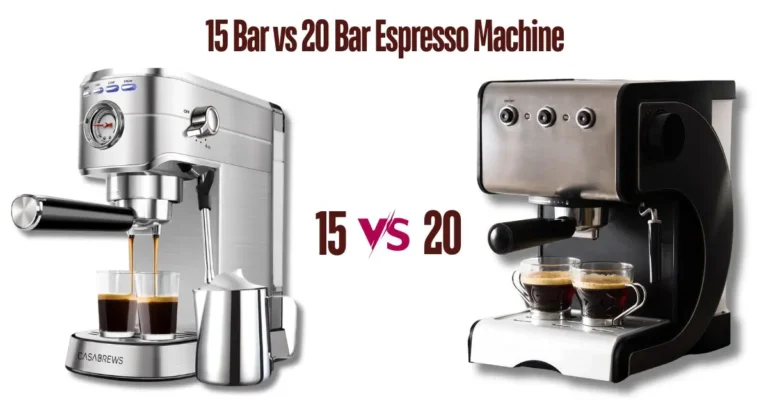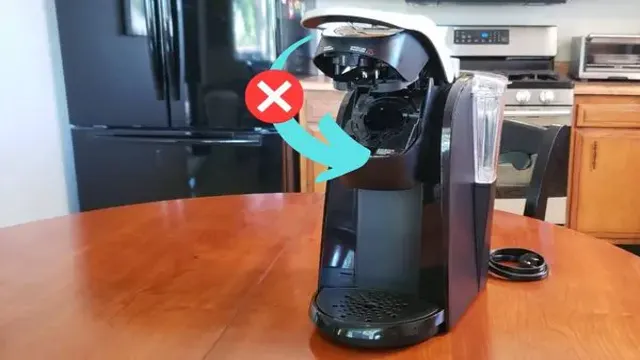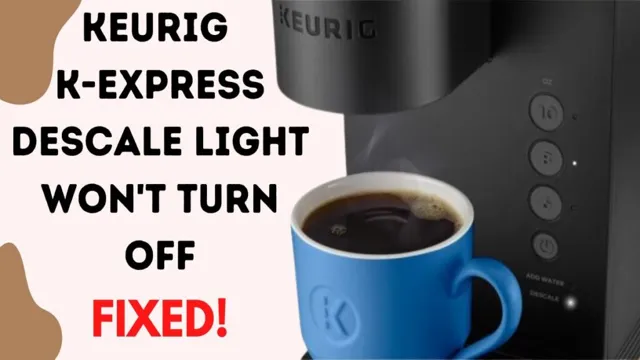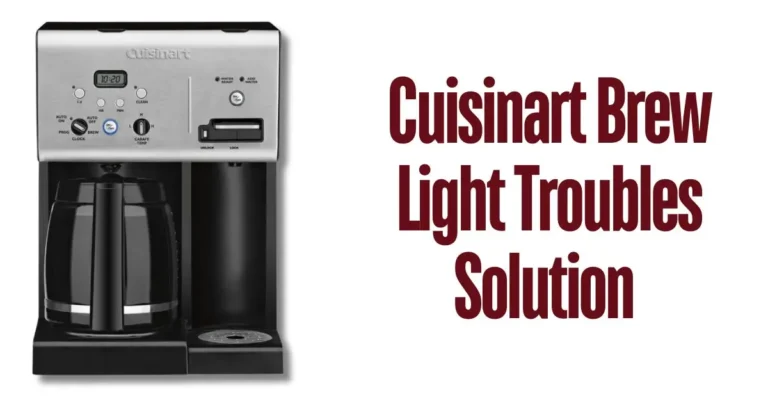Moka Pot Not Using All Water
Your moka pot may not use all the water if the water measurement is incorrect, the gaskets are damaged, the spout is blocked, and the base is over-tightened. Moreover, it is normal to still have a bit of water in the Moka pot after brewing coffee.
This article will discuss common reasons that are reliable for moka pot not using all water and some presentational steps to solve the issue.
Read and explore.
How Does A Moka Pot Work? The Mechanism in Short
A Moka pot works and brews coffee by using steam pressure. After filling the lower chamber with water and the filter basket with ground coffee, users have to assemble the moka pot and place it on the stove to heat the water.
It creates steam pressure and pushes the water through the coffee in the filter basket. Finally, the pressure pushes drinkable coffee into the upper chamber. The Moka pot automatically stops the function when the coffee is ready to pour and drink.
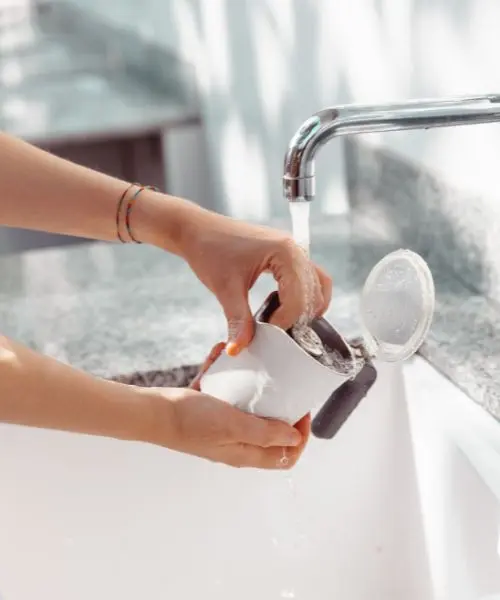
Reasons behind a Moka Pot Not Fully Using the Water
Here are the common reasons which can cause your moka pot not to utilize all water.
You are using too much water.
Incorrect water measurement is one of the main reasons behind this happening. In most cases, taking too much water for brewing coffee in a moka pot causes the issue. When excess water is used, it can overflow into the upper chamber. As a result, the moka pot cannot produce enough pressure to push the water through the coffee and into the upper chamber. It also results in an unsatisfying cup of coffee.
Its gaskets have been damaged.
Damaged gaskets can cause leaks and prevent the water from reaching the upper chamber. Over time, gaskets and seals of moka pot become fragile. Thus, they develop cracks, and it results in the failure to retain water.
The filter’s perforation is blocked.
Another reason why your moka pot may not use all the water is a clogged filter basket. Using too coarse grind and ignoring regular cleaning can cause coffee grounds and debris to build up and block the filter.
The pot has a malfunctioning safety valve.
A clogged safety valve can also cause the same occurrence. The valve is designed to release excess steam pressure and prevent the pot from overheating and bursting. If it becomes clogged somehow, it will not function properly and can prevent water from entering the upper chamber.
Prevention and solution of the issue
The following actions can be applied if you are experiencing the issue regularly.
Measure the water level correctly.
Fill the lower chamber of a moka pot with water according to the manufacturer’s instructions. Never overfill it. When the water level is optimal for brewing, your moka pot should use all the water.
Clean the pot and filter basket routinely.
Regular cleaning and maintenance of the Moka pot are crucial to keeping it properly functional. After each use, you should clean the pot, especially the filter basket. Besides, check all the parts routinely to make sure they are in good condition.
Check and replace gaskets when they are damaged.
Gaskets and seals can be damaged over time, which can prevent the moka pot from using all the water. You need to check the gaskets periodically and replace them if necessary.
Tighten the lid and base properly.
Tighten the lid and base of your moka pot to put proper pressure on the gaskets and seals to prevent leaks. However, do not tighten too firmly as it can tear gaskets.
Clean the safety valve for proper functioning.
Check the safety valve to find any clogs formed by coffee grinds or debris. A clogged safety valve can prevent a moka pot from properly functioning. So, clean it regularly to keep it free of clogs and functioning optimally.
Frequently Asked Questions
Final Thought
Moka pots do not use all the water for various factors, as mentioned in the above sections. However, it is also normal to have some residual water left after brewing. If the amount of remaining water seems more than normal, we have shared some tips to prevent these issues. By following these tips, you can ensure that the moka pot is functioning properly.


